Memory card cases
Memory cards are small and handy. For their storage, this is both a curse and a blessing. They never take up much space and are great for stowing in the side and inside pockets of camera bags - but they are just as easy to lose because of their size. If you have a good memory card case, you can prevent this and also protect the small cards with the important memories on them from scratches and dust.
For on the road and at home
Memory card cases come in a wide variety of designs. Made of leather, plastic, in a hard case or with a chic wallet look. The different bags can be useful in different areas. If you are going on a long trip and do not have the opportunity to empty your memory cards in between, you may need a practical storage place where you can sort the full cards sensibly and keep them safe until the end of the trip. In such a case, a memory card organiser can also be useful, in which you can store the memory cards in compartments that can be labelled individually. The labelling also helps to distinguish between empty and full cards. When you need to change cards quickly, this organisation can be worth its weight in gold. The organisers should be flat and thus space-saving, but at the same time made of a strong, shatterproof material so that the cards do not suffer any damage on the long journey.
An archiving aid for the memory cards can also be useful at home. Especially if you take a lot of photos but do not regularly format the cards, it can be helpful to have a device in which the memory cards can be neatly sorted and labelled.
Sensible organisation and safe transport
If you only carry a few cards with you, a smaller version of the memory card bag or box that can only be labelled on the outside is also sufficient. However, it is always a good idea to make sure that the labelling field can be wiped off so that the bags can be used several times.
Some memory card bags also offer space for other utensils such as camera batteries or input pens. Since these small camera accessories are often very sensitive, it makes sense to keep the smaller pieces of equipment organised.
Memory cards need good protection
Memory cards are sensitive to dust, moisture and dirt and must be well protected. The safest place to keep them is probably in the camera itself, where the contacts are enclosed and the card is largely protected from dust and moisture. However, it is always advisable to have at least one spare memory card in your luggage - and not only on longer trips. It is best to treat the spare memory cards as carefully as your camera itself. Small cloth bags or old film canisters, in which many people like to carry their memory cards, should therefore be replaced by a memory card bag. In any case, the bag should have devices in which you can fix the memory cards so that they do not slip and, in the worst case, get scratched. The bag should also provide protection against moisture and humidity.
If you then take a few tips into account, you should be able to avoid the unpleasant error message "Card not readable" for as long as possible. For example, do not touch the contacts of your memory cards directly with your fingers or metallic objects and also make sure that you do not expose the cards to high temperatures. This way, nothing should stand in the way of a long use of the small memory devices and reading errors should not be a problem for you.

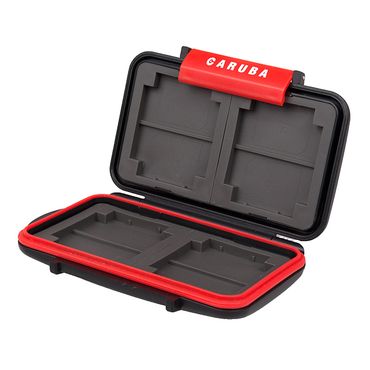
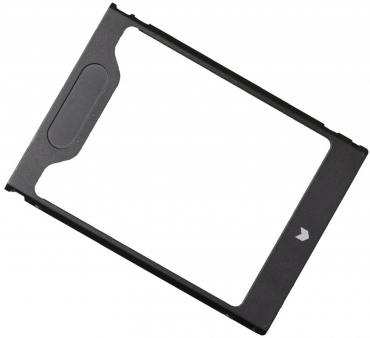
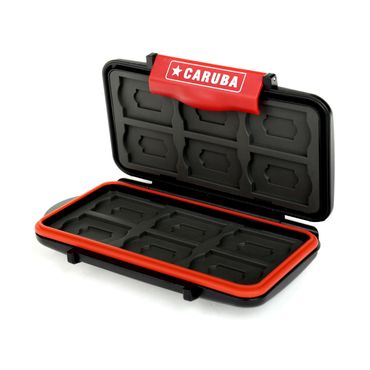
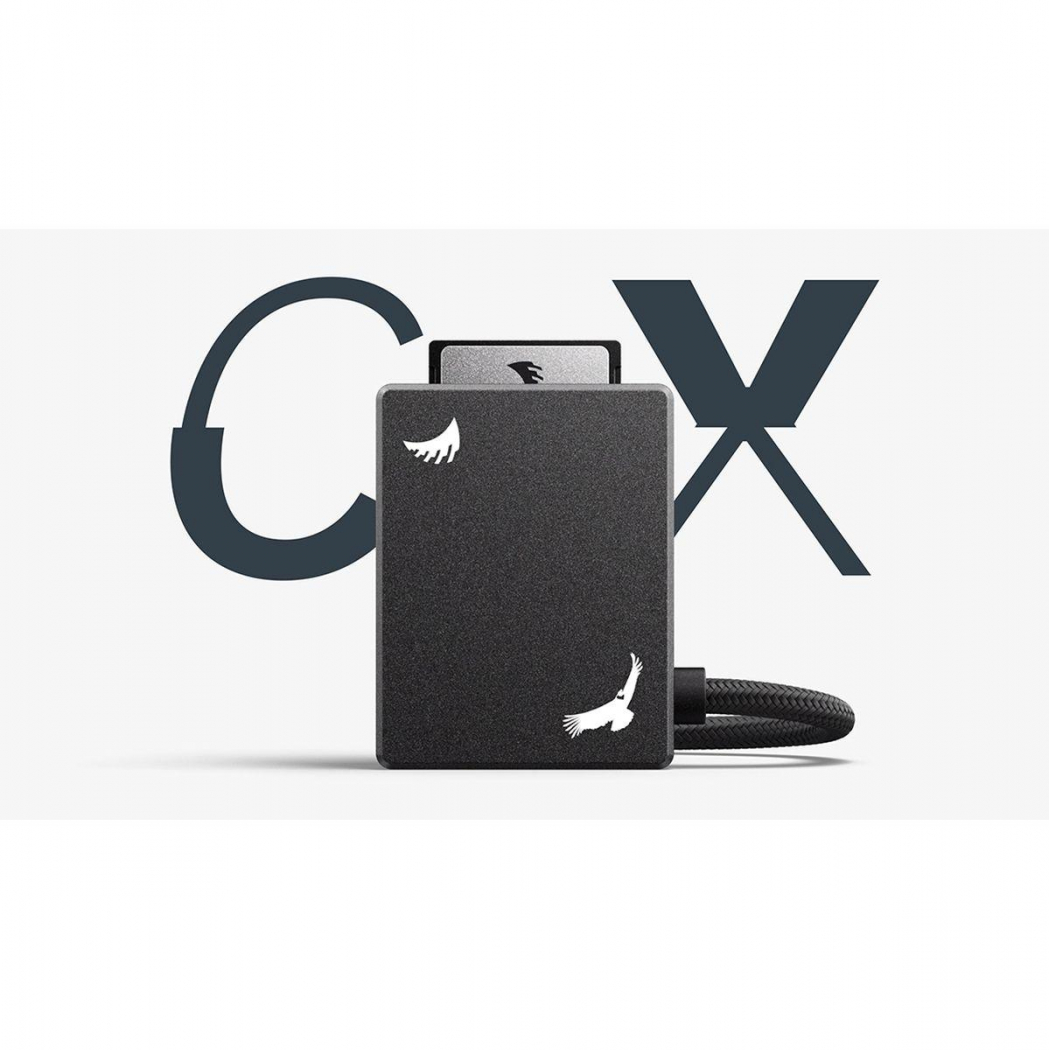
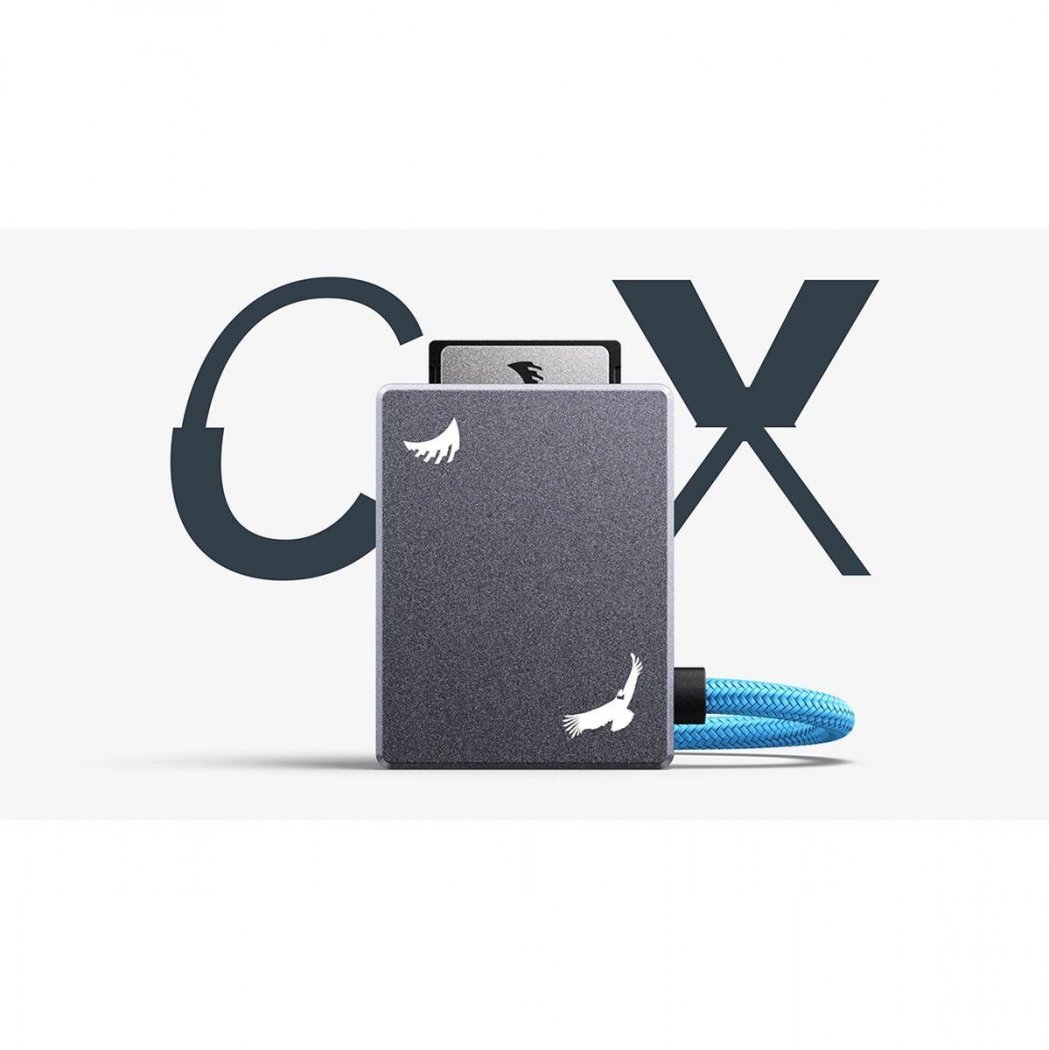
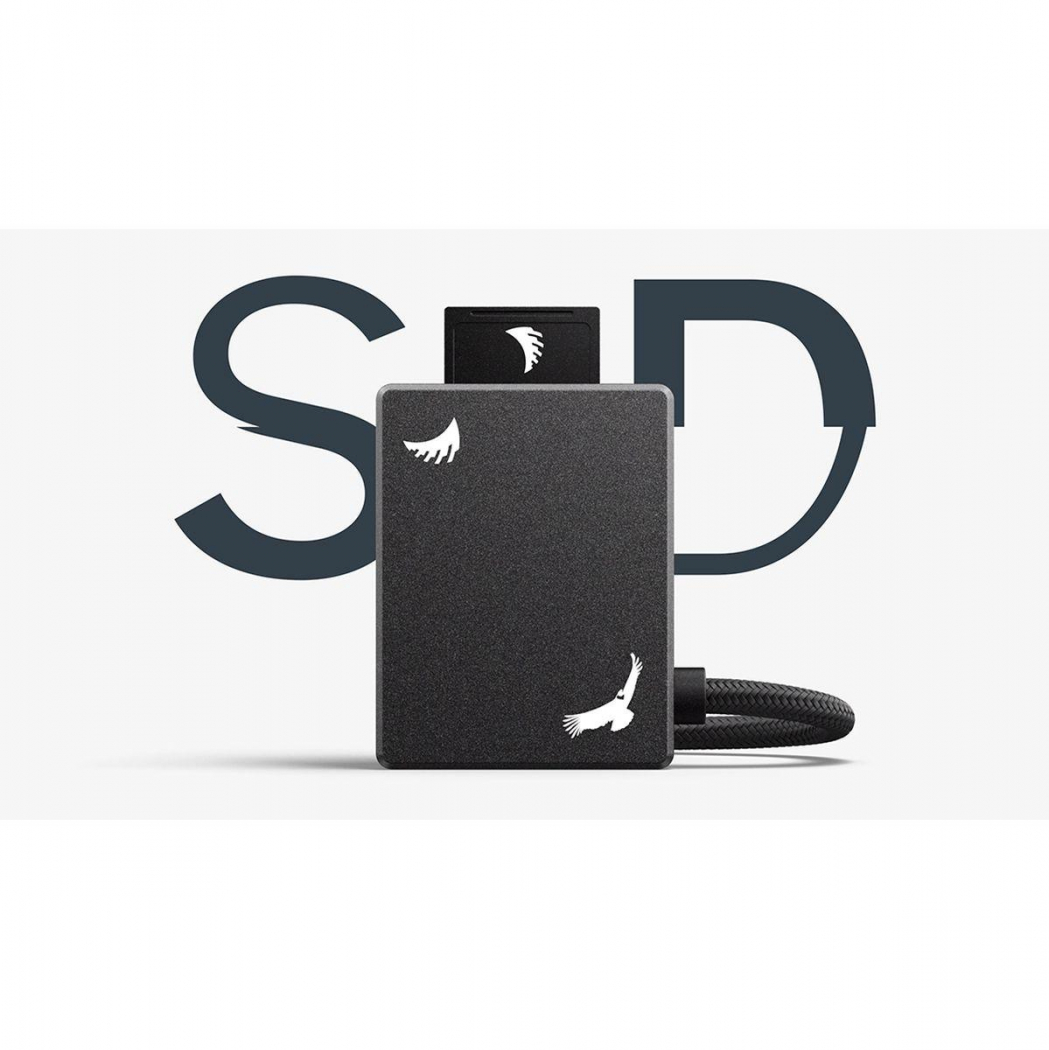



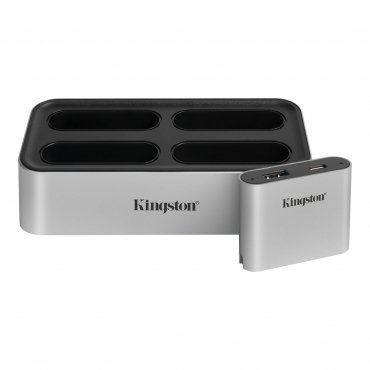

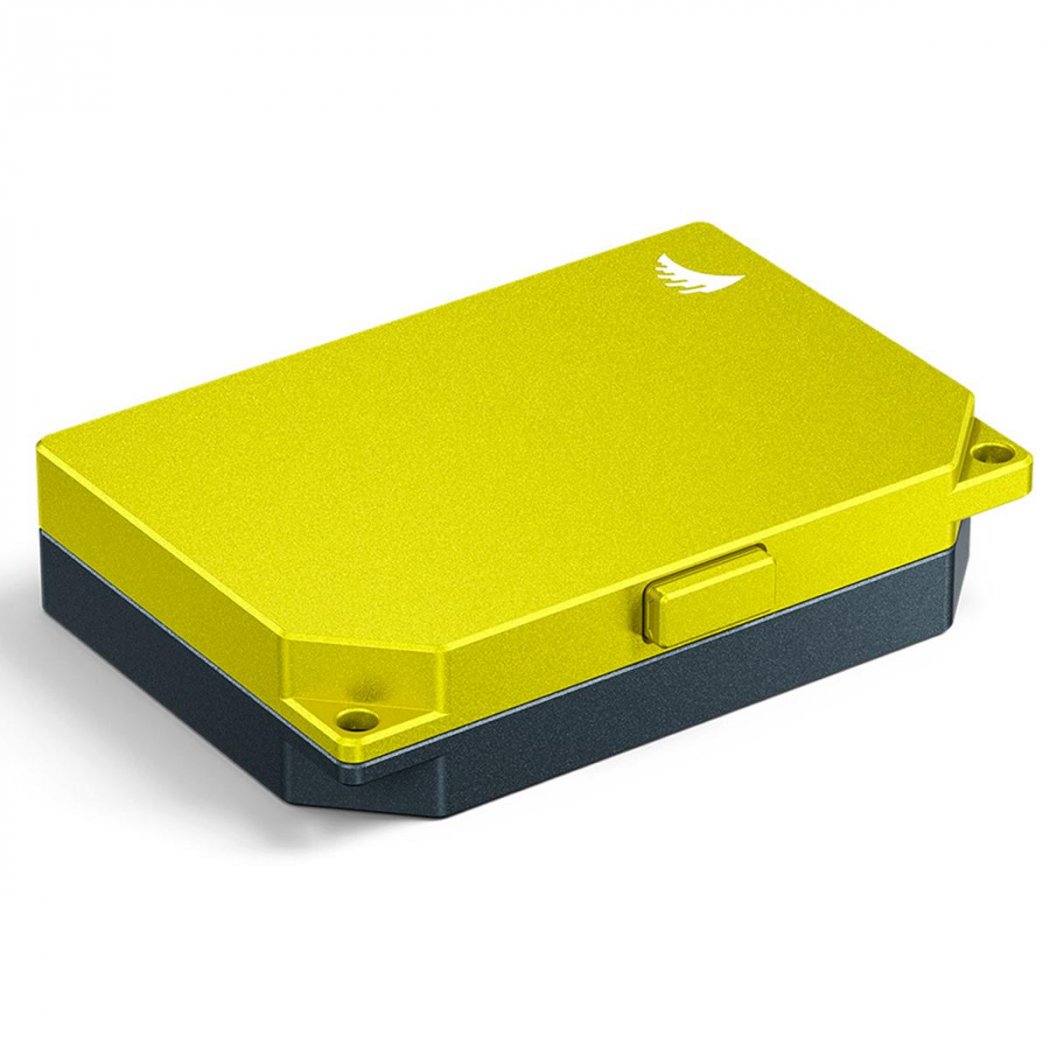
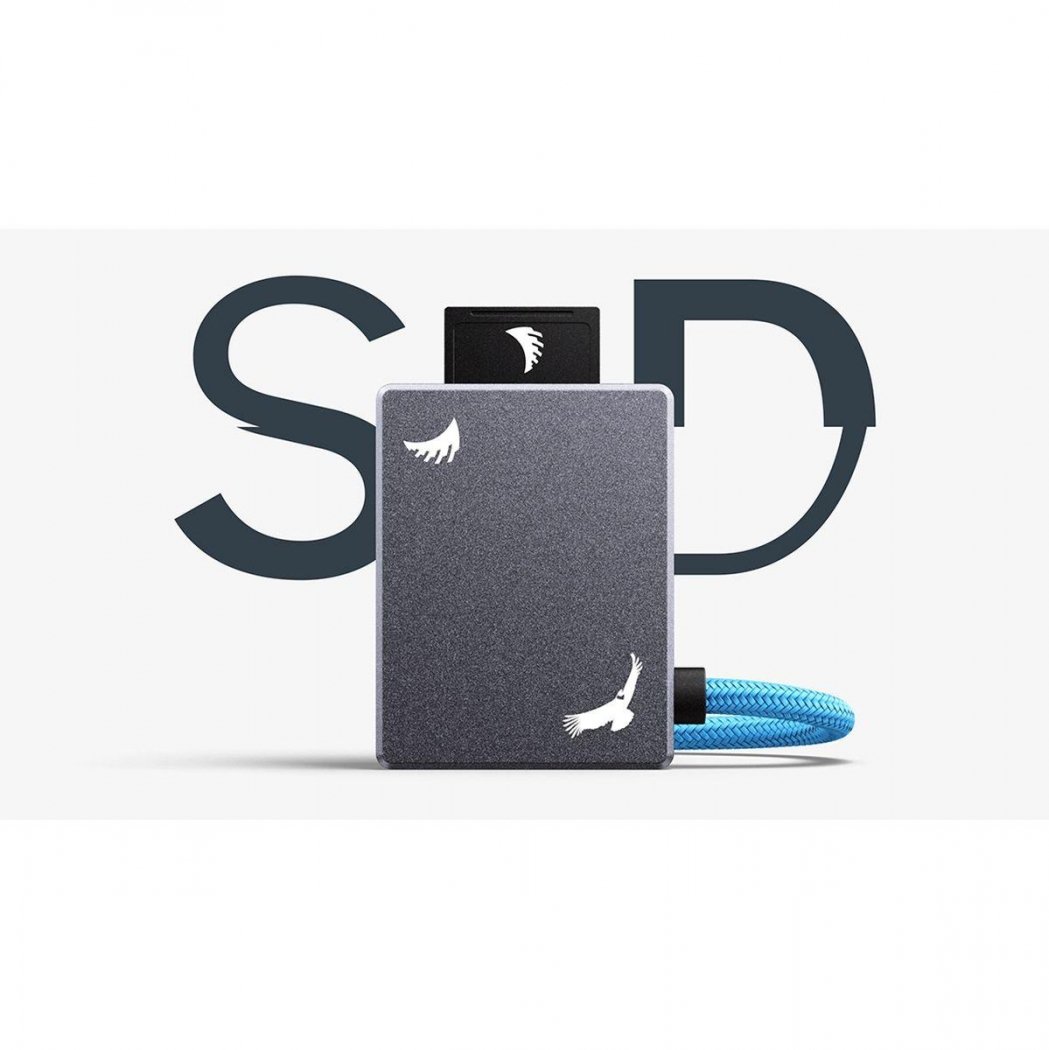
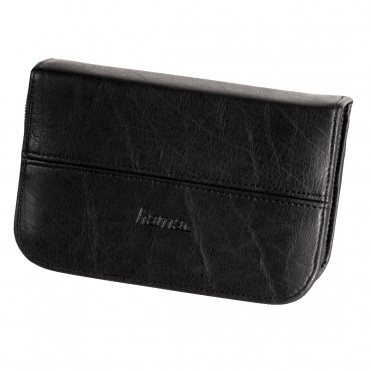

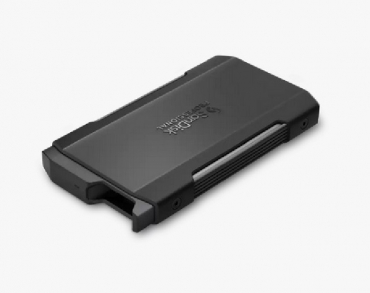
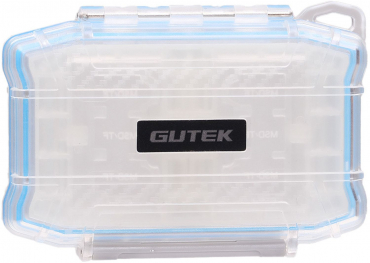
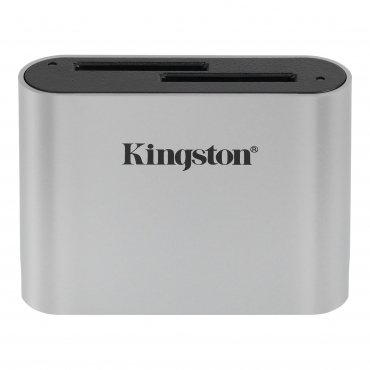
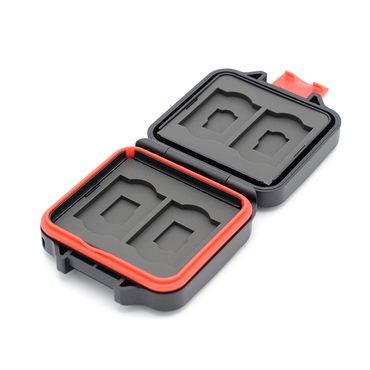
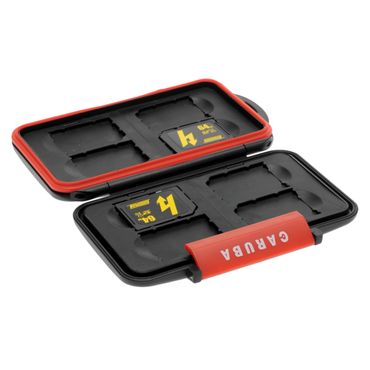
Simply subscribe and benefit as a newsletter recipient every week: